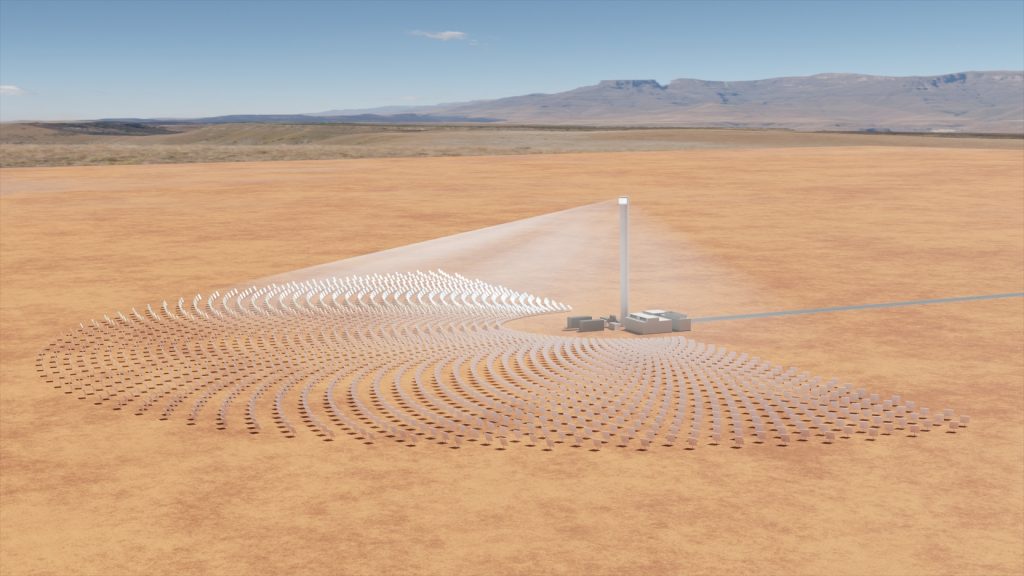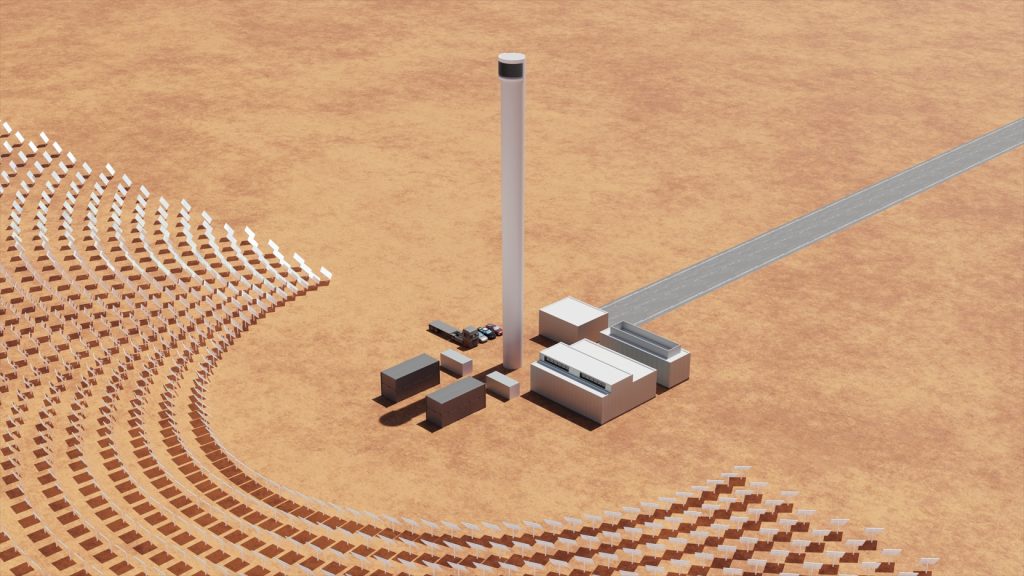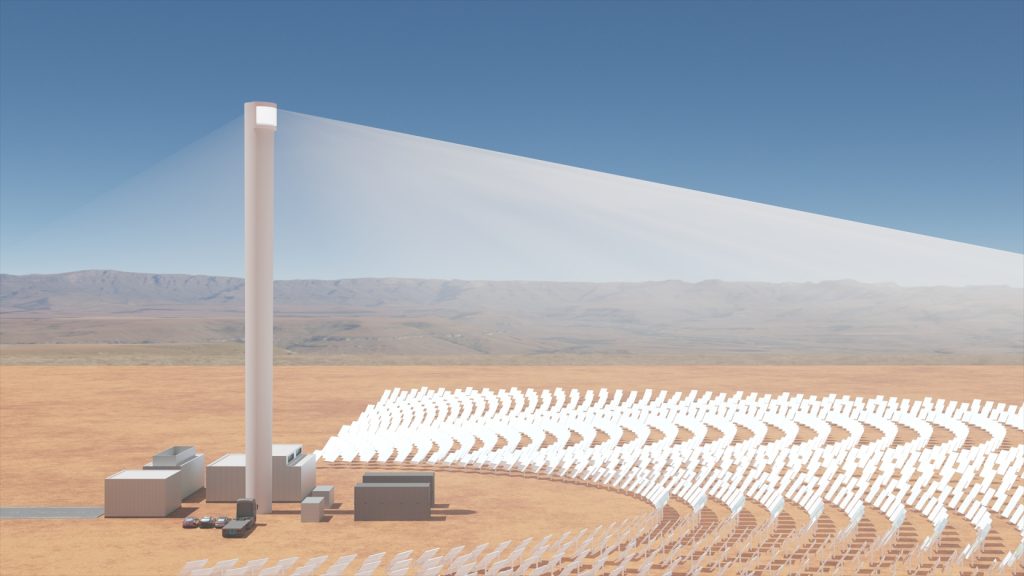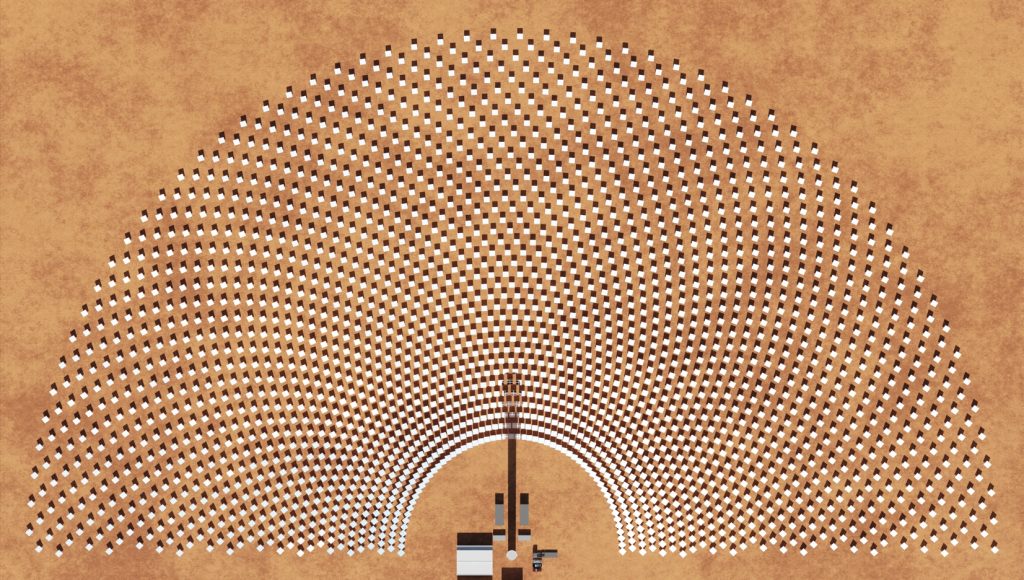Technology
Challenge
Storage of solar energy & stabilization of power grids
The use of solar energy with concentrated solar power – CSP for short – is significant because the heat generated in CSP plants can be stored very cost-effectively in order to be retrieved later as required. In sun-rich regions, CSP plants can therefore provide energy at night and also stabilize power grids amidst increasingly fluctuating energy generation from photovoltaics (PV) and wind. Numerous approaches exist for the configuration of CSP plants. However, there is still a lack of a concept that is so universal, simple, and at the same time cost-effective that it can be used on an industrial scale with similar contributions to those already generated by PV and wind energy.
Solution
Intelligent, sustainable, and cost-effective
The company Hueck Solar Energy (HSE) has a new key component for CSP. The patented solution enables easy configuration and extremely cost-effective scaling of CSP plants.
HSE’s patented receiver is the incandescent component at the top of the solar power plant’s tower. The receiver transfers the heat from concentrated solar radiation to the air flowing inside.
Advantages of the new technology:
System Configuration
In HSE’s solar thermal plant, unpressurized air serves as the heat transfer medium, instead of liquid salt as is currently common. The air is heated by concentrated solar radiation in the newly developed, environmentally closed receiver. The heat is stored in modularly arranged solid storage units. This makes the energy available for several hours, even when the sun is not shining. This configuration not only reduces the complexity of the plant, but also the acquisition and operating costs.
The hot air can be used day and night either directly as process heat or for steam generation. The steam drives a steam turbine with a generator for electricity production or supplies heat to an industrial process.
Due to the modular design, all components of this system configuration are suitable for industrial mass production. The entire system has a simple structure, and the assembly effort on site can be minimized through industrial prefabrication. As a mass-produced product, this technology has the potential for enormous cost reductions in the manufacture, construction, operation, and maintenance of solar thermal systems.
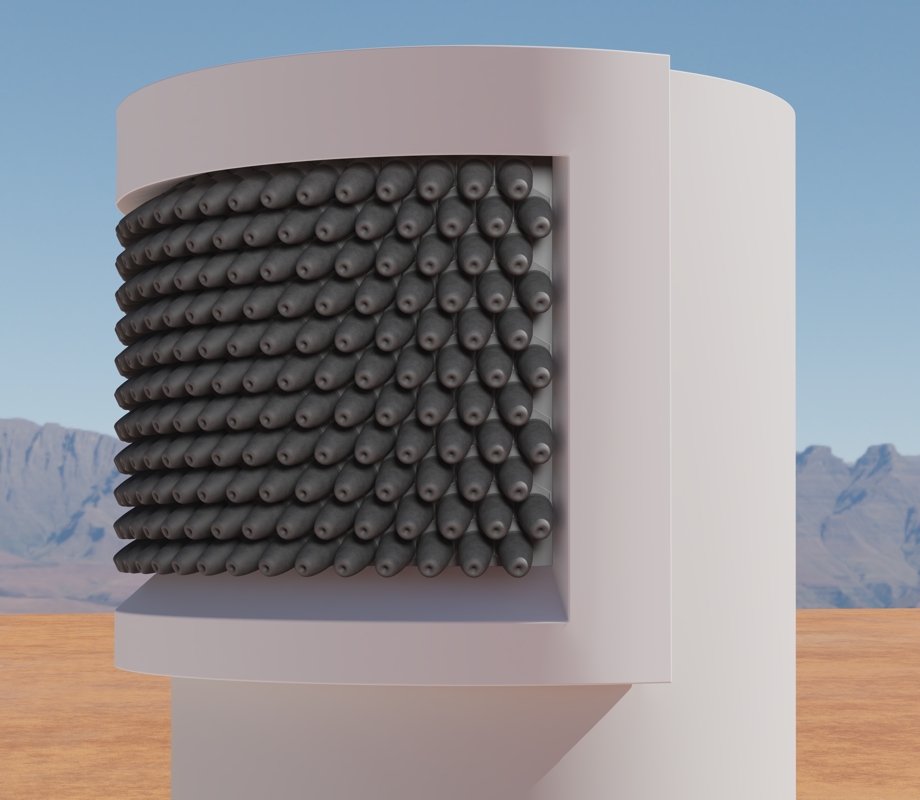
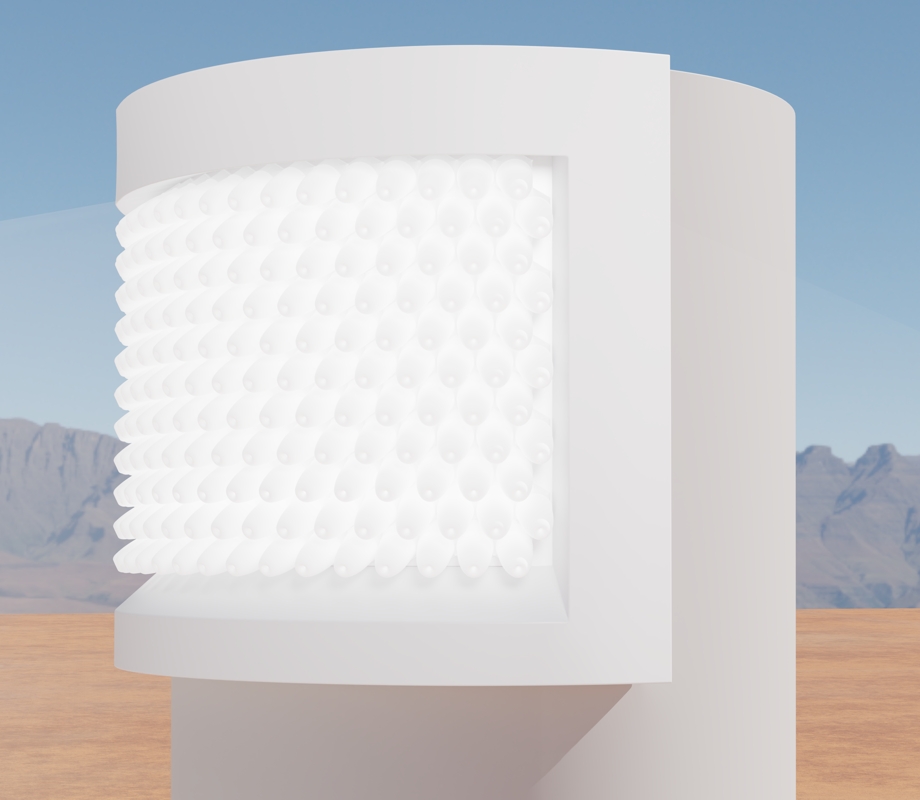
Solar Receiver
The central innovation of the described system configuration is the solar thermal receiver with its modular design.
The receiver components that heat up significantly during operation are made of silicon carbide (SiC) ceramic. They are manufactured using 3D printing. 3D printing of SiC is an emerging technology that has opened up entirely new possibilities for shaping high-temperature heat exchangers. The photo below shows SiC cooling pins inside a receiver cap. They transfer the solar heat to the air flowing within.
The sealing of adjacent components is achieved with the aid of temperature-resistant seals. The thermally low-stressed components are made of steel. To a small extent, a receiver contains other materials.
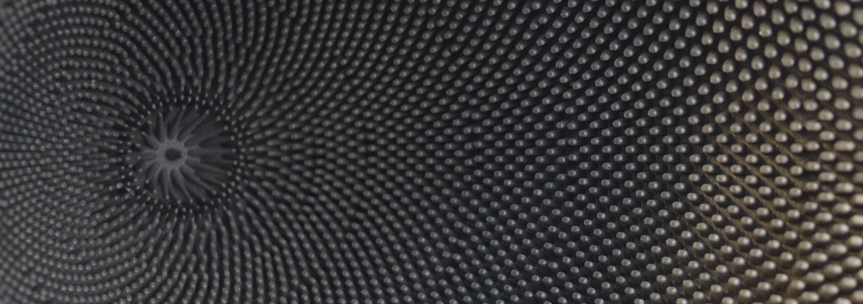
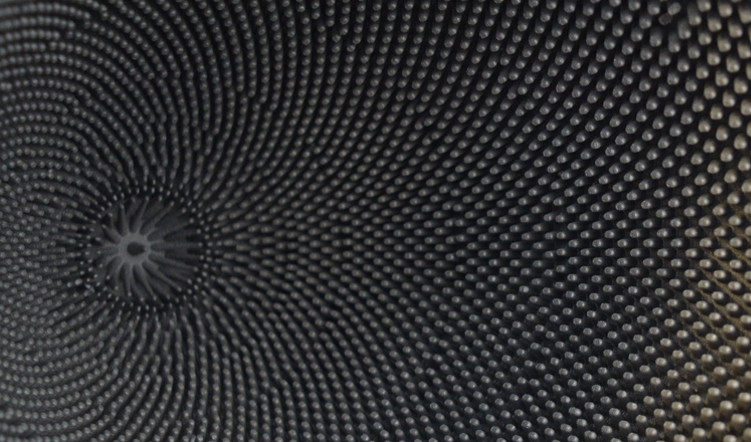
Solar Energy
Potential and Technologies
The following quote remains true:
“Within 6 hours deserts receive more energy from the sun than humankind consumes within a year.”
Dr. Gerhard Knies, 20091
Accordingly, solar energy can sustainably cover humanity’s entire energy demand.
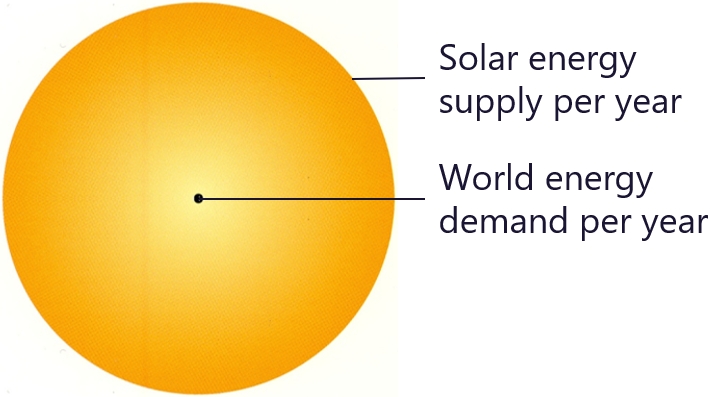
The mainOther technologies for utilizing solar energy exist, but they are not relevant for electricity generation. technologies for utilizing solar energy are photovoltaics (PV) for direct electricity generation and concentrated solar power (CSP) for thermal applications and electricity generation with turbines and generators. In the following, these two fundamentally complementary technologies are compared in order to illustrate the potential contribution of the HSE innovation.
Potential of PV
At the end of 2024, the global cumulative PV capacity was approximately 2,200 GW.2 To replace the annual electricity volume of this PV capacity, approximately 370 large nuclear power plants would be required.3 Although PV thus only supplied 2.8%4 of the world’s primary energy demand, the growth rate of this market was enormous at 32%5 in 2024. On every single calendar day, PV systems with a capacity of 1,240 MW were installed worldwide, totaling 452 GW in 2024. For the year 2025, a new installed capacity of approximately 655 GW is projected.6
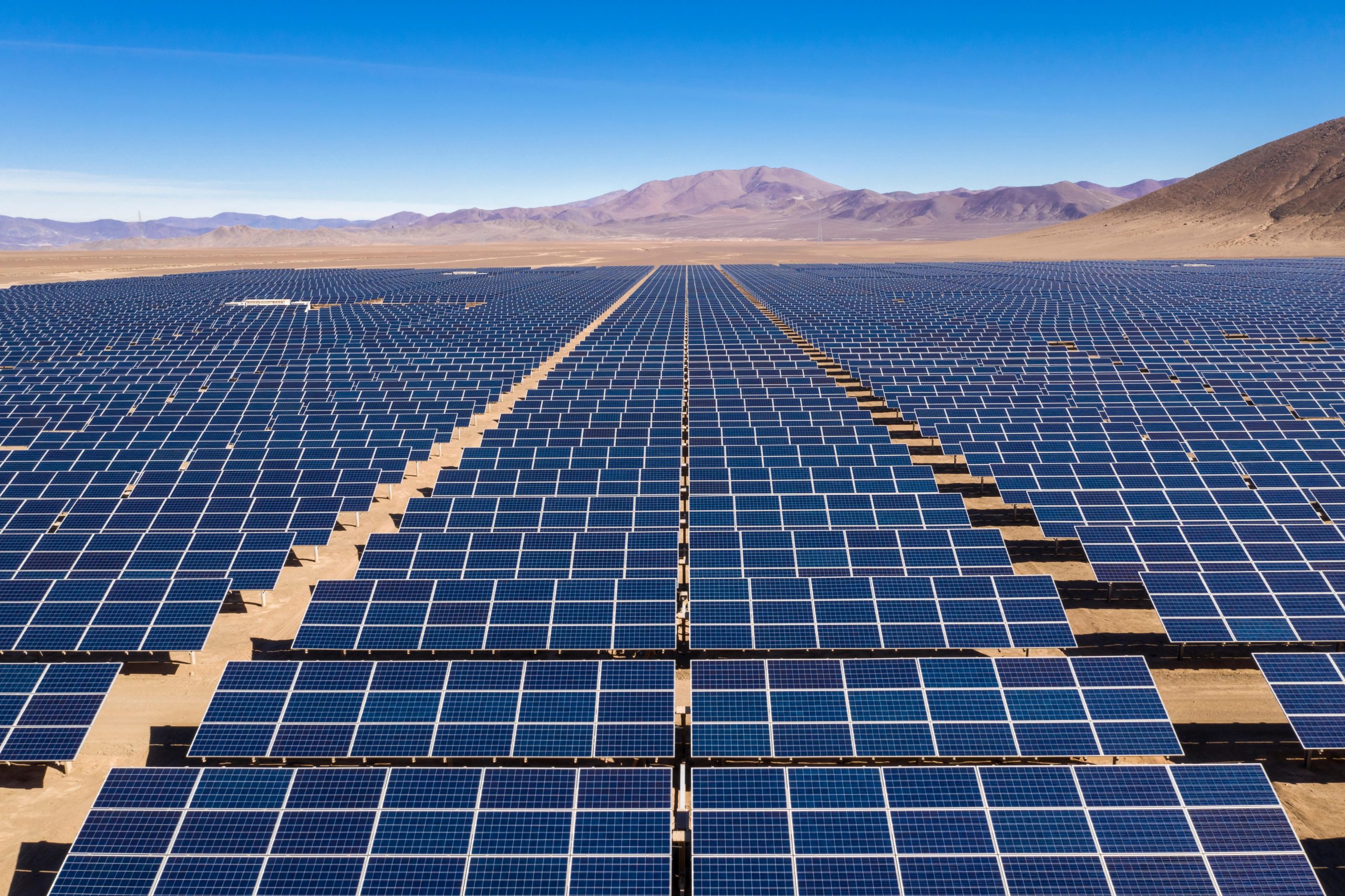
© Francisco Javier Ramos Rosellon / Alamy
Limits of PV
Depending on the sun’s position and the weather, PV electricity generation fluctuates. Balancing these fluctuations, storing PV energy for the night and for longer periods, and providing it in locations without high solar irradiation are problems that have not yet been satisfactorily solved.
Furthermore, PV lacks rotating mass. This is essential for stabilizing power grids.7 Electronic systems cannot fully replace such rotating masses.8
Potential of CSP
For storing solar energy during the day and retrieving it at night, Concentrated Solar Power (CSP) has the potential to overshadow all other conceivable technologies for this purpose.9 A key reason for this is the possibility of very simple, sustainable, and cost-effective generation and storage of solar heat at a very high temperature level.
Furthermore, CSP incorporates rotating masses for stabilizing power grids.
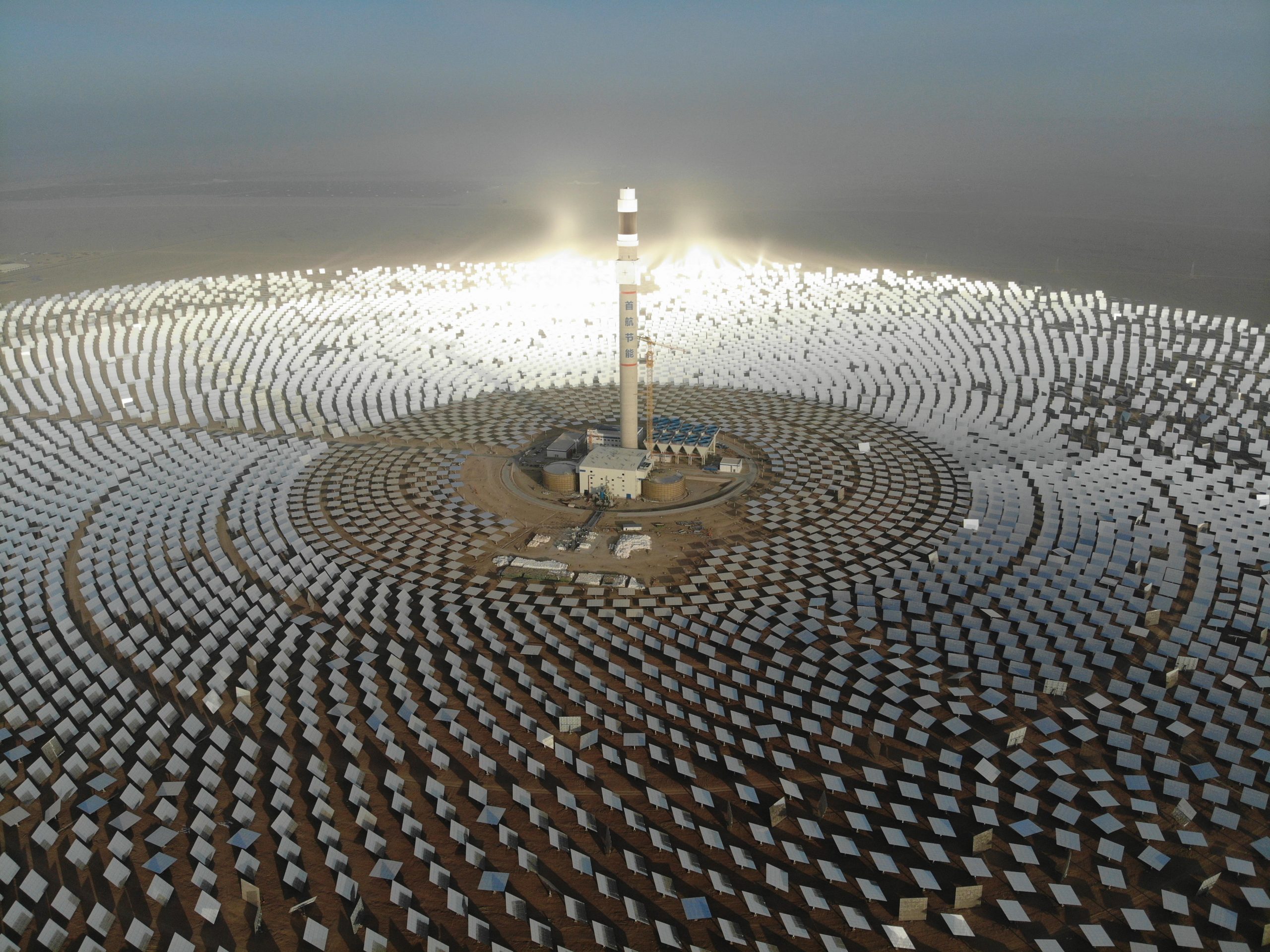
© Imaginechina Limited / Alamy
A CSP technology that meets all the requirements to become a mass product in sunny regions ideally complements PV and therefore has at least as much market potential as PV has already impressively achieved.10
Previous Limits of CSP
To date, CSP has remained a niche technology: by the end of 2024, only about 7.2 GW had been installed worldwide.11 This deficit is due to the fact that, so far, none of the many different CSP technologies has fully met the requirements of a mass product. These technical requirements are described here.12
Only when a technology without technical flaws achieves high production volumes can the cost reductions required for a mass product be realized. This is where the decisive contribution of HSE technology as a future mass product lies.
Market
The market potential for the introduction and subsequent scaling of HSE’s new technology in sunny regions is at least as great as the market potential for PV. Accordingly, we are experiencing a high level of interest in this solution that complements PV.
Company
Hueck Solar Energy
Hueck Solar Energy GmbH (limited liability company under German law) was founded in January 2025 by the brothers Dr.-Ing. Ulrich Hueck (CEO) and Dr. Julian Hueck (CFO). This included the complete acquisition of the receiver technology developed by Dr. Ulrich Hueck at Siemens Energy13, including the property rights.14
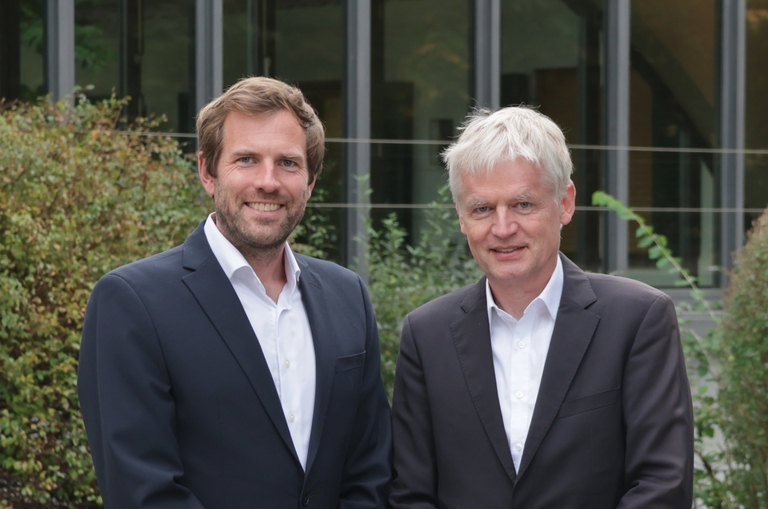
Hueck Solar Energy GmbH (limited liability company under German law) was founded in January 2025 by the brothers Dr.-Ing. Ulrich Hueck (CEO) and Dr. Julian Hueck (CFO). This included the complete acquisition of the receiver technology developed by Dr. Ulrich Hueck at Siemens Energy13, including the property rights.14
The new technology has already won two innovation competitions by ACWA Power in South Africa and by DEWA in the United Arab Emirates.
Hueck Solar Energy is working on the further development of the solar receiver and the associated system configuration. The most modern methods are used. In the artificial sun “Synlight”
The goal is the rapid market launch of the well-developed, innovative product.
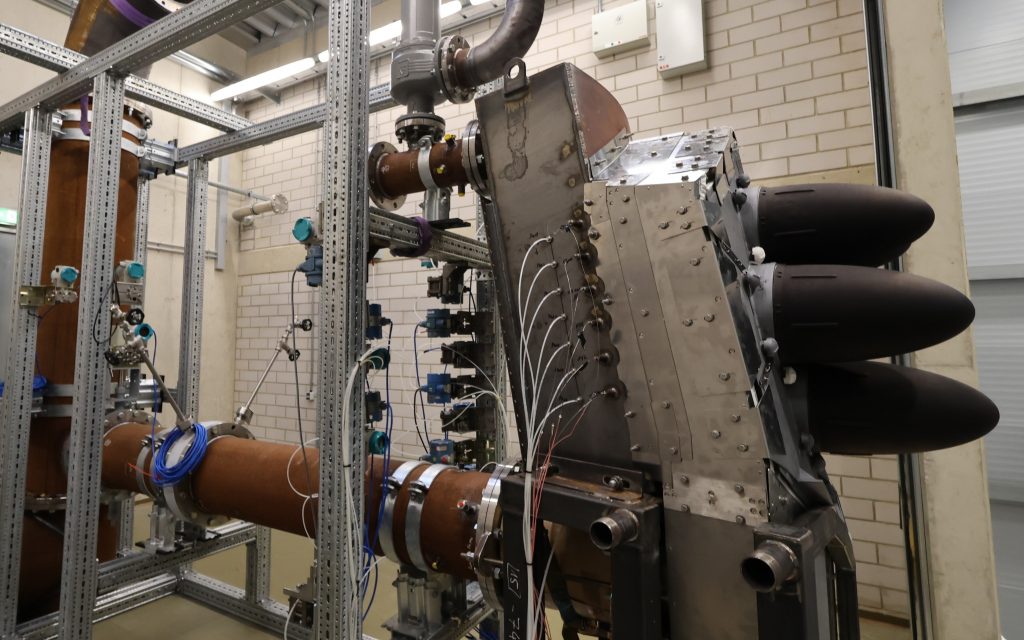
History
In the spring of 2010, the first considerations began for a CSP technology that can be used as a mass product.17 This resulted in the development of a new type of solar thermal system.
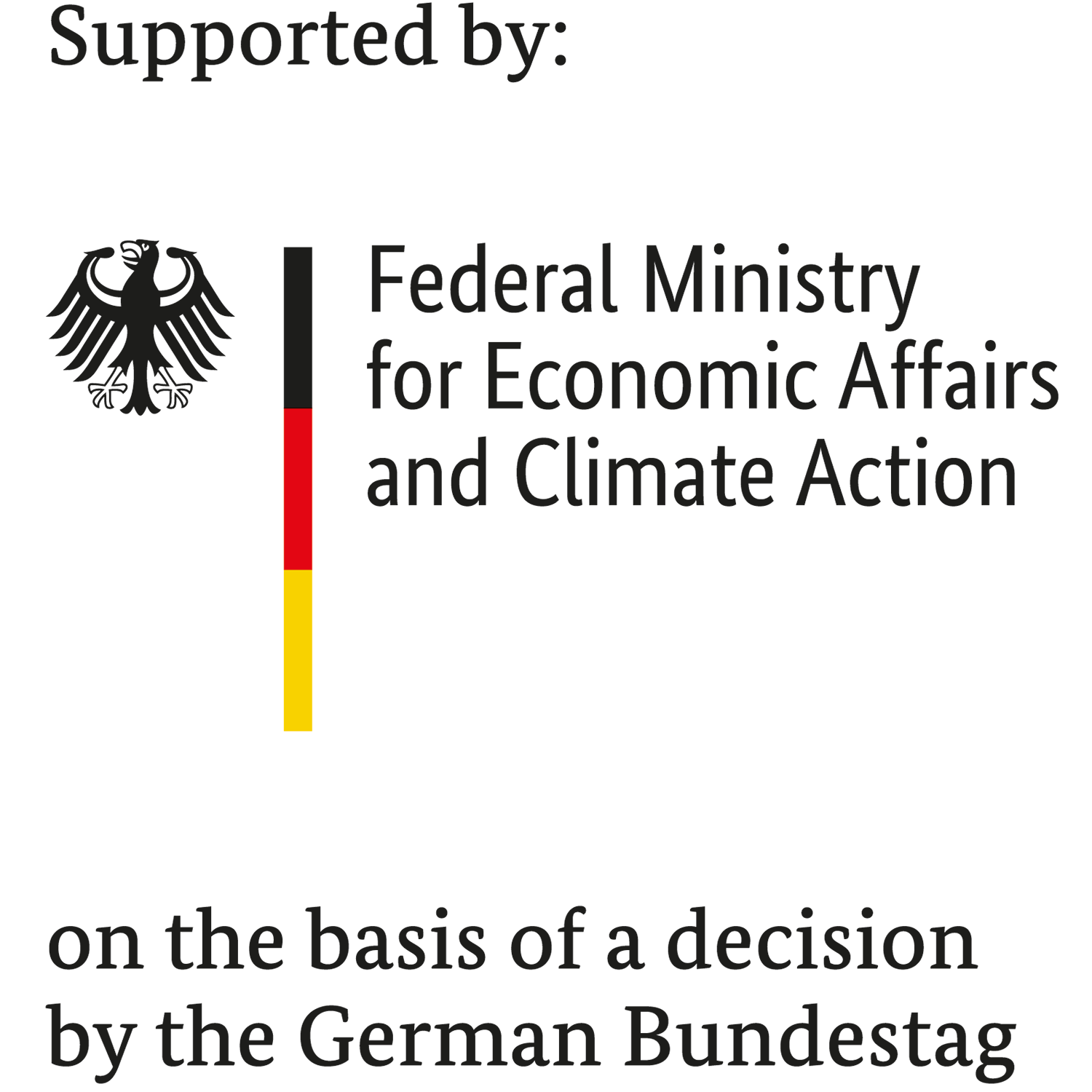
The German Federal Ministry for Economic Affairs and Energy (BMWE) supported the work on the solar receiver as a key component for the new system configuration from July 2021 to March 2024. Siemens Energy and the Institute of Solar Research of the German Aerospace Center (DLR) were involved in the joint project “SolarRetrofit”18. Successful receiver tests were carried out in a test facility in Mülheim, and another test facility was built in the artificial sun “Synlight” of the DLR in Jülich.
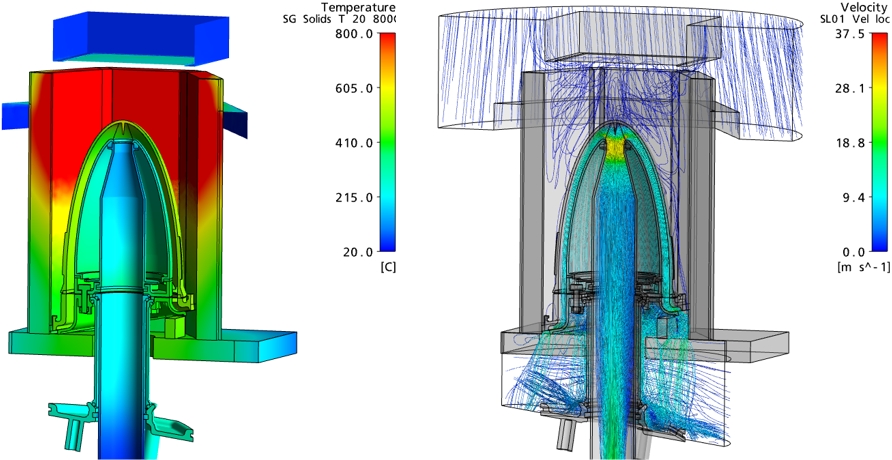
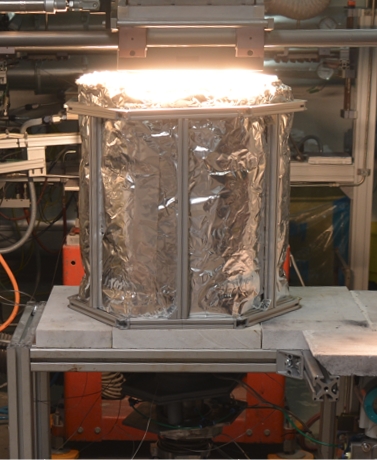
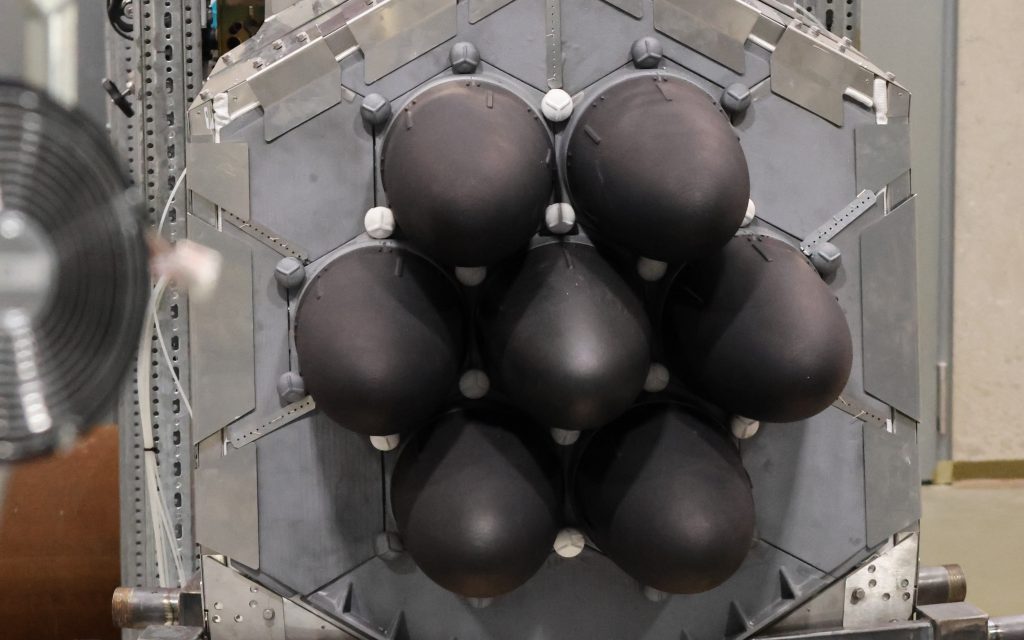
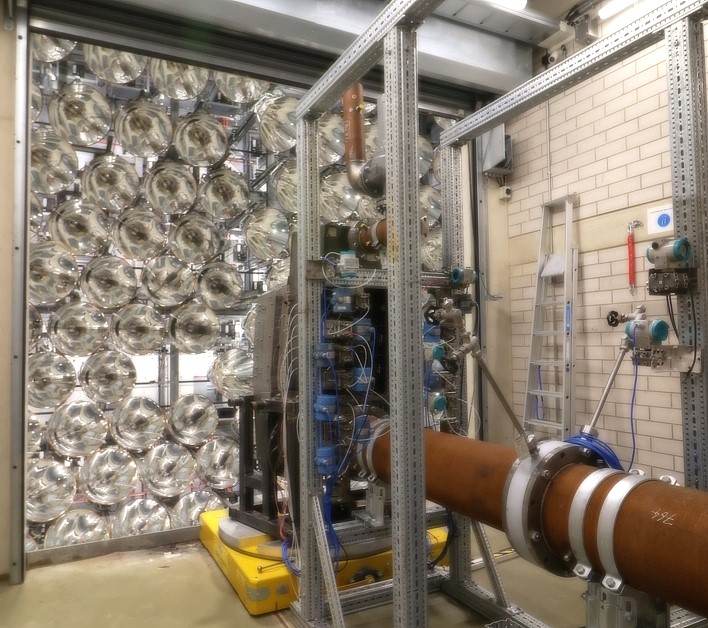
Read more:
- Dr. Gerhard Knies * 1937 † 2017, DESERTEC Foundation, Member of the German Society CLUB OF ROME: Key Statements on July 13, 2009, in Munich at the founding meeting of the “Desertec Industrial Initiative”, later renamed “Dii Desert Energy“. ↩︎
- pv magazine (November 13, 2024). “Global installed PV capacity tops 2 TW“. ↩︎
- The comparison of the annual electricity quantities from PV and nuclear power plants was calculated with the help of a QuestionCurrently, approximately 2.2 TW of PV systems are installed worldwide. How many large nuclear power plants would be needed to generate the energy from these PV systems? Please provide quotable sources for the result of the calculation. to ChatGPT. ChatGPT’s response is documented here. ↩︎
- Energy Institute – Statistical Review of World Energy (2025). OurWorldinData.org. ↩︎
- IRENA (26 March 2025). Renewable Capacity Highlights. ↩︎
- pv magazine (May 6, 2025). “Global PV installations may hit 655 GW this year, says SolarPower Europe“. ↩︎
- See Questions & Answers: Why are rotating masses necessary for grid stabilization? ↩︎
- See Questions & Answers: Why can't rotating masses be replaced electronically? ↩︎
- See Questions & Answers: What alternatives are there for balancing fluctuating electricity from PV? ↩︎
- See Questions & Answers: Why does CSP have at least as much market potential as PV? ↩︎
- REN21 (2025). Renewables 2025 Global Status Report Collection, Global Overview (Paris: REN21 Secretariat). ↩︎
- See Questions & Answers: What requirements must a CSP mass-market product meet? ↩︎
- Siemens Energy Global GmbH & Co. KG – A global leader in energy technology ↩︎
- See Questions & Answers: Which patent applications have been filed? ↩︎
- The world’s largest artificial sun: Synlight® ↩︎
- Institute of Solar Research of the German Aerospace Center (DLR): Jülich Solar Towers ↩︎
- A preliminary result of the deliberations was a Publication on solar thermal energy. ↩︎
- Joint project SolarRetrofit (July 1, 2021 – March 31, 2024): “Solar Thermal Heat for Power Plants and Industry“. ↩︎
